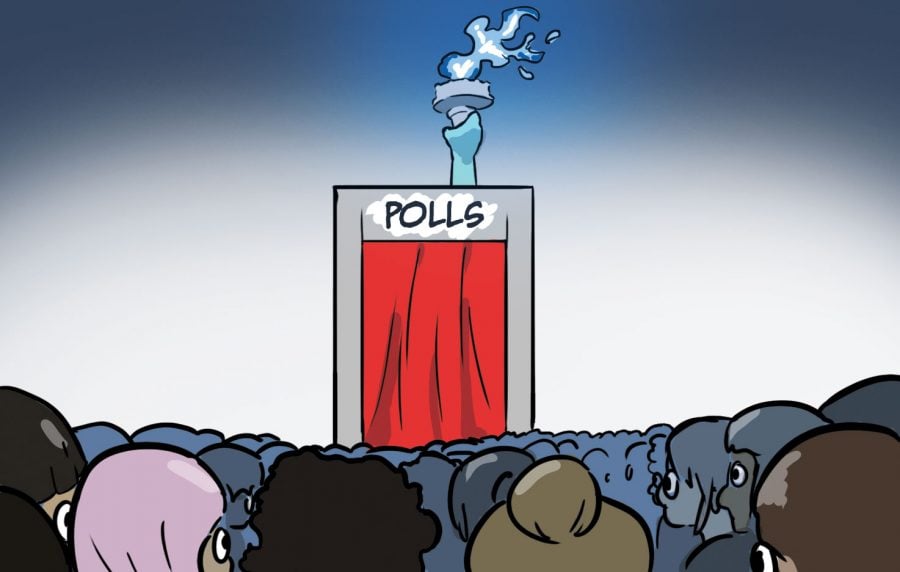Resistance lasts with second Women’s March
“One year later, and we still persist,” “The future is nasty” and “Our body, our mind, our power” are just a few of the phrases that were written on signs as thousands of people participated in Women’s Marches on the anniversary of President Trump’s inauguration.
If there’s one good result of the 2016 election, it’s the rise of people, not just women, all over the world, united with incredible strength and resolve for the sake of equality. And if the Women’s Marches are any indication, the rise won’t stop anytime soon.
However, there are still those who question both the legitimacy and the impact of social movements like the Women’s Marches.
But to me, the fact that these social movements exist and have gained significant traction, in terms of participation and prevalence, in the past two years is proof of impact. Instead of sitting idly and criticizing the administration, today’s sociopolitical climate has inspired widespread movements, causing people to come forward about issues that have not been properly addressed, or even considered for that matter, until recently.
The past weekend’s Women’s Marches invited people from all walks of life to participate, ranging from ordinary individuals to celebrities to march together.
It was just a bunch of people walking. It didn’t change anything, some might say.
Those who weren’t at the Women’s Marches saw tons of photos on social media. Those who aren’t on social media saw coverage of the marches from major news organizations. Those without any connection to social media or news might have seen people marching with bright pink clothing or accessories, holding bold signs.
Yes, the Women’s Marches didn’t result in policy change. They didn’t change the government overnight.
But they were iridescent, catching people’s eyes, creating rays of hope in a time when hope is a scarcity. They are a step in the direction of change. The Women’s Marches, and other protests since the 2016 election, are not simply resistance to the current administration. They were effective in bringing attention to various issues, ranging from gender equality to healthcare.
Still, this recent growth in social movements has brought the question of the intersectionality of these movements to light. Is it an effective, uniform movement if, for a long time, some groups, such as people of color, were not included?
In response to this, I will draw your attention to the primary focus of the 2018 Women’s March, “Power to the Polls,” which encouraged voter participation to create legislative change. Other sister marches across the country were also inspired by the message of the national March. While the national Women’s March was held in Washington, D.C. last year, this year’s March was held in Nevada, a state with groups, like the Latinx community, that have been affected by prominent issues such as immigration policy, gun violence and sexual assault.
Tamika Mallory, one of the Women’s March co-chairs, emphasized the intersectional approach to the “Power to the Polls” initiative.
“We will work with existing leaders and organizations on the ground to mobilize these potential voters and ensure they feel they have a stake and a voice,” said Mallory in an interview with ELLE Magazine. “Our highest priority, people, is to find and work with the people who many traditional organizations rank as lowest priority.”
With this intent and emphasis on inclusion, I believe the Women’s March and its fellow social movements have the capacity to create change and a lasting impact, and are well on their way to doing just that.









